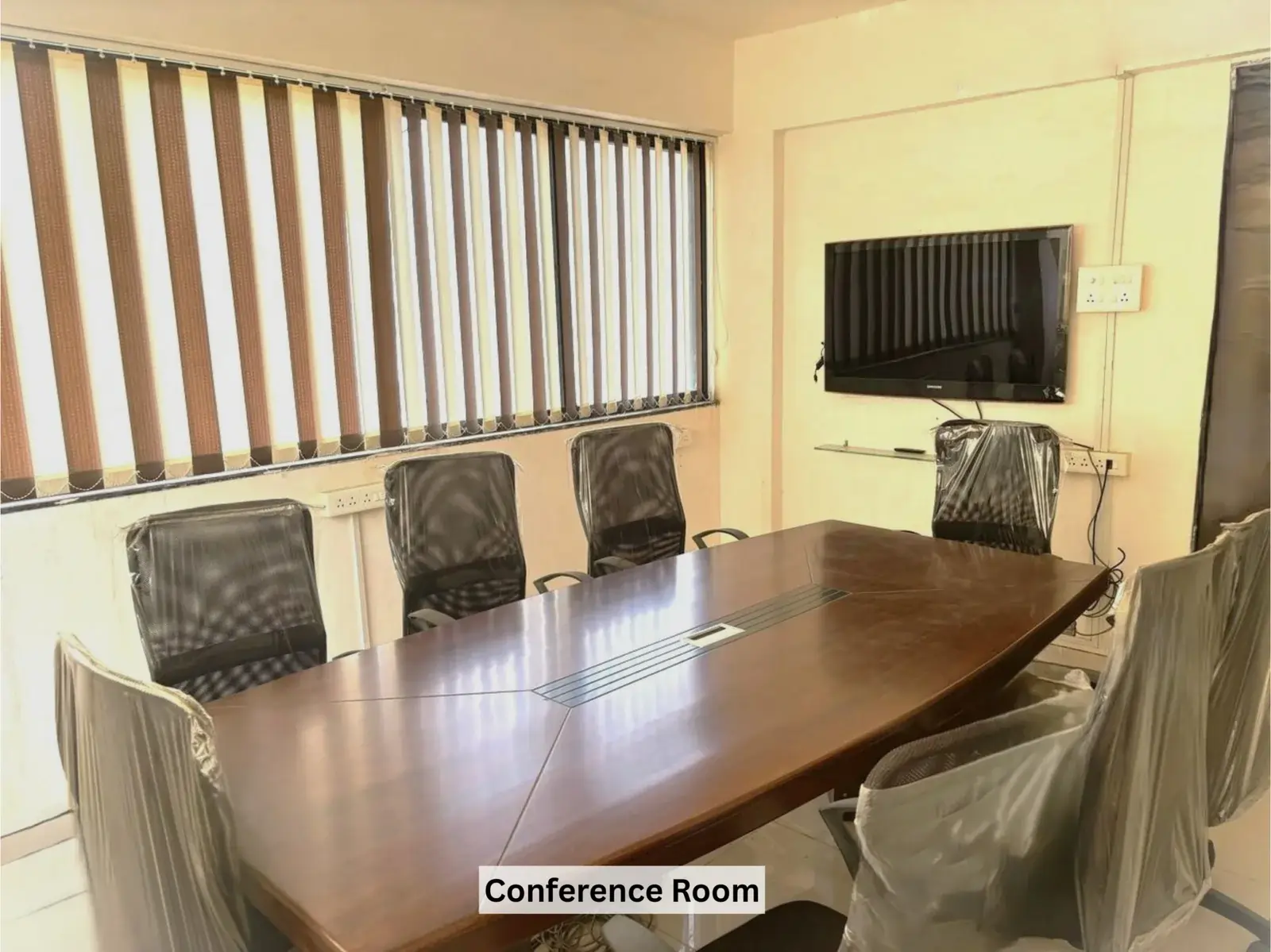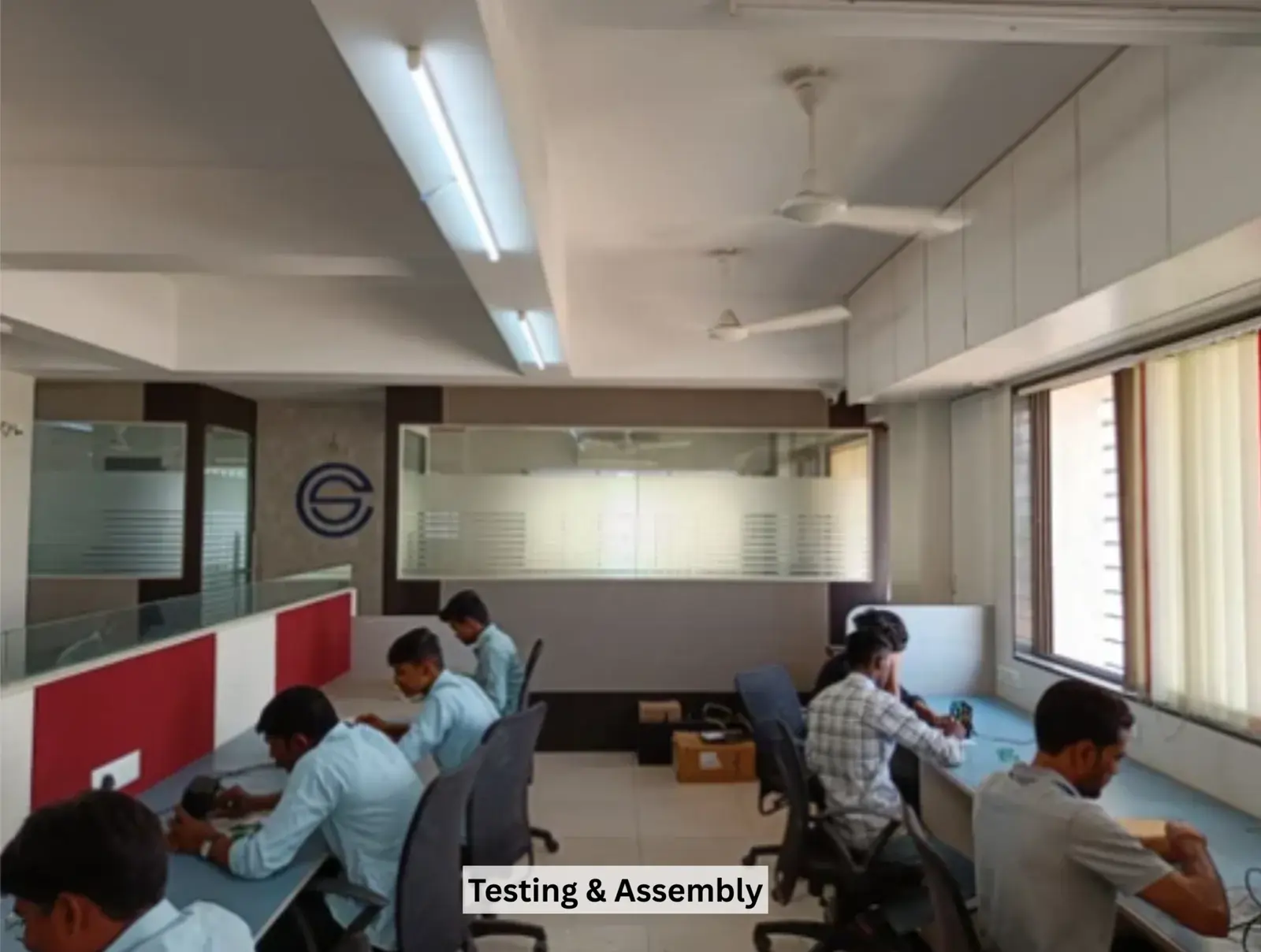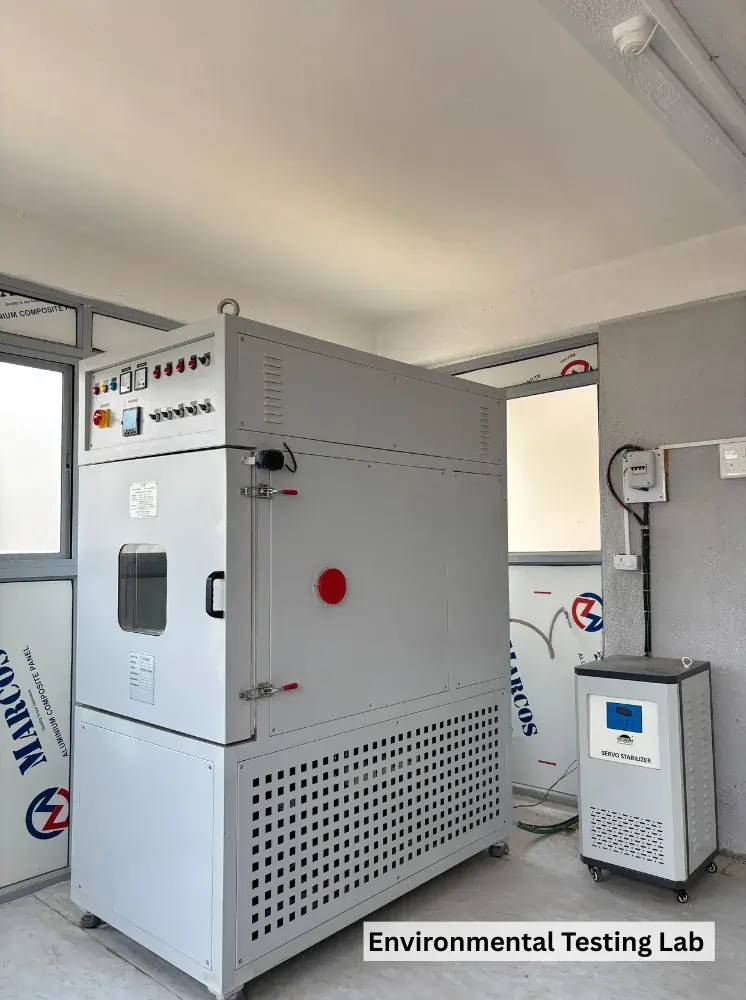How to Setup RS232 to RS485 Converter: Quick Guide for Industrial Networks
Many industries still rely on older RS232 devices. These systems often struggle to work in modern, large-scale industrial environments. That’s where the RS232 to RS485 Converter becomes a must-have. It helps connect older devices to newer RS485 networks with ease. At Avyanna Tech, we provide high-quality converters that offer seamless communication, better distance coverage, and improved reliability. In this blog, you’ll learn everything you need to quickly and correctly set up your RS232 to RS485 Converter.
Understanding RS232 to RS485 Communication Basics
RS232 supports point-to-point communication and works well over short distances. RS485 allows multiple devices to share the same communication line over long distances. Using an RS232 to RS485 Converter lets you connect old equipment to modern systems with minimal effort.
Half-Duplex vs Full-Duplex in RS485
RS485 supports two modes:
- Half-duplex: Devices take turns sending and receiving data.
- Full-duplex: Devices send and receive data at the same time.
Most industrial devices use half-duplex for better compatibility and simple wiring.
Why RS485 is Preferred in Industrial Networks
RS485 is a popular standard for industrial systems because it:
- Supports long cable runs (up to 1.2 km)
- Connects up to 32 devices on one line
- Works in noisy environments
This is why so many businesses choose RS485 over RS232, especially with the help of an RS232 to RS485 Converter.
Common Use Cases for RS232 to RS485 Converters
Industries use these converters for many tasks:
- Connecting legacy sensors to PLCs
- Linking old RS232 equipment to new SCADA systems
- Remote monitoring over long distances
- Upgrading building automation systems
Key Hardware Components and Pinout Reference
A typical RS232 to RS485 Converter includes:
- DB9 (or DB25) serial connector
- Terminal block for RS485 wiring
- LED indicators for TX/RX signals
- Optional power input port
RS232 to 485 Converter Pinout Explained
On the RS232 side (DB9 connector), the key pins are:
- Pin 2: Receive Data (RXD)
- Pin 3: Transmit Data (TXD)
- Pin 5: Ground (GND)
On the RS485 side, you will find:
- A (Data+)
- B (Data–)
- Sometimes Ground (GND)
DB9 Connector Mapping for RS232
Here’s a quick view of standard DB9 RS232 pin mapping:
- Pin 2: RXD
- Pin 3: TXD
- Pin 5: GND
Unused pins can often be ignored unless specified by the device manual.
2-Wire vs 4-Wire RS485 Configurations
- 2-wire RS485 uses A and B for both sending and receiving (half-duplex).
- 4-wire RS485 separates sending and receiving lines (full-duplex).
Most installations use 2-wire for simplicity and lower cost.
Power and Protection Requirements for Industrial Use
Choose converters designed for industrial conditions. Avyanna Tech’s RS232 to RS485 Converters include:
- Wide voltage input
- Durable casing
- Built-in protection for reliable operation
Port-Powered vs External Power Supply
Some converters draw power from the RS232 port. These are simple to use but may not work with all devices. External power supply options give better stability and are ideal for long-distance setups.
600W Surge Protection and 15KV Static Shielding
Industrial environments are harsh. Our converters include:
- 600W surge protection to guard against power spikes
- 15KV static protection to defend against electrostatic discharge
These features protect both your converter and connected devices.
Operating Temperature and Humidity Ranges
Avyanna Tech’s RS232 to RS485 Converters are made to perform in tough settings. They operate in:
- Temperature: -40°C to 85°C
- Humidity: 5% to 95% (non-condensing)
Step-by-Step Setup Guide for RS232 to 485 Converter
- Connect RS232 end to your PC or controller.
- Wire A and B terminals on the RS485 side.
- Use a shielded twisted pair cable.
- If required, connect the power supply.
- Install driver software if needed.
- Set baud rate, data bits, parity, and stop bits to match devices.
Connecting RS232 to RS485 Terminals
Match the A and B terminals correctly. A goes to A, and B to B. If reversed, communication will fail. Also, connect GND if your devices require a common ground.
Termination Resistor Placement
Use a 120Ω resistor at each end of the RS485 line. This helps reduce signal reflection and improves reliability in long cable setups.
Testing Communication with Modbus RTU
You can test the connection using Modbus RTU tools like:
- ModScan
- Modbus Poll
- QModMaster
Make sure the settings match on both ends.
Troubleshooting Common RS232 to RS485 Issues
- No data? Check pin connections and COM port settings.
- Data errors? Confirm baud rate, parity, and wiring polarity.
- One-way communication? Check for missing GND or miswired terminals.
- Random failures? Use shielded cable and add proper termination resistors.
Conclusion
Setting up an RS232 to RS485 Converter is simple when you follow the right steps. With the right hardware, wiring, and configuration, your industrial network can run smoother and reach further. Trust Avyanna Tech for converters that deliver strong performance, high protection, and long-term reliability.
Upgrade your industrial network today with Avyanna Tech’s RS232 to RS485 Converters.
Need guidance? Contact us for a quick recommendation.






[email protected]